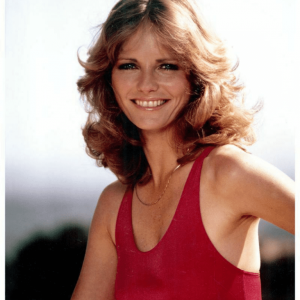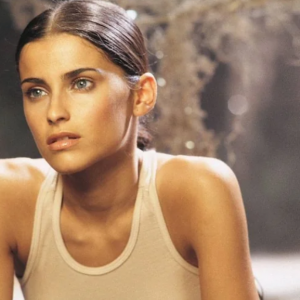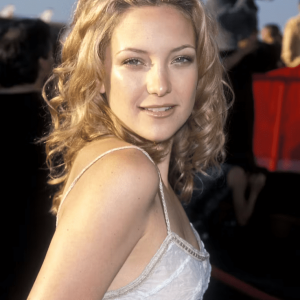Pan’s People was more than just a dance group—they were pioneers in music television, bringing visual flair to some of the biggest hits of the 1960s and 1970s. Best known for their mesmerizing performances on BBC’s Top of the Pops, they played a crucial role in shaping the way audiences experienced music before the rise of music videos. Let’s take a deep dive into the fascinating history of this legendary all-female dance group.
From The Beat Girls to Pan’s People
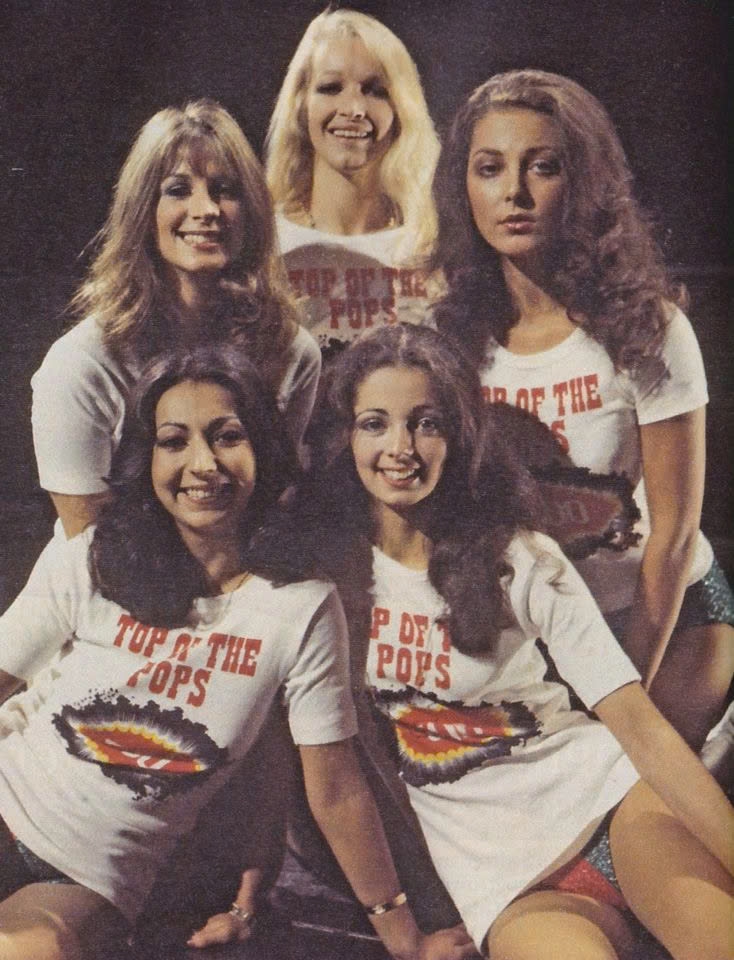
Before officially forming Pan’s People in 1967, several of the original members performed as part of The Beat Girls. This earlier group was featured on various BBC television programs, including Ready Steady Go!, one of the most influential music shows of the 1960s. The Beat Girls set the stage for what would later become Pan’s People, introducing stylish, choreographed dance routines that complemented live musical performances.
When The Beat Girls disbanded, choreographer Flick Colby saw an opportunity to create a fresh, dedicated dance troupe tailored for Top of the Pops, and thus, Pan’s People was born.
A Rotating Lineup with a Lasting Legacy
Pan’s People originally consisted of six members: Flick Colby, Babs Lord, Dee Dee Wilde, Louise Clarke, Ruth Pearson, and Andi Rutherford. However, much like a successful band, their lineup evolved over the years as members left and new dancers joined.
Despite these changes, the group maintained its signature style—blending contemporary dance with a theatrical flair. They captivated audiences week after week, proving that even in an era dominated by rock and pop icons, dancers could hold their own as major stars.
Pioneers of Music Television
Before the rise of MTV and dedicated music videos, Pan’s People filled a crucial gap in televised music performances. When artists couldn’t appear on Top of the Pops to perform their latest singles, Pan’s People stepped in, crafting expressive and often dramatic routines to bring the songs to life.
At a time when music was primarily an auditory experience, Pan’s People helped turn it into something visual, paving the way for future music video choreography.
Flick Colby: The Creative Force Behind Pan’s People
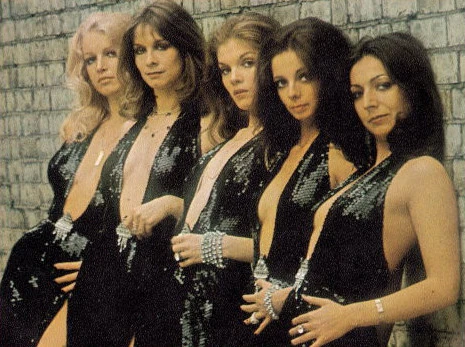
Flick Colby wasn’t just a dancer—she was the mastermind behind the group’s choreography and success. As a founding member, she played a crucial role in designing the routines that made Pan’s People so iconic.
Her innovative approach ensured that each performance felt fresh, whether it was a glamorous, synchronized dance to a pop ballad or a high-energy routine to a rock anthem. She also made sure the group’s image evolved with the times, keeping them relevant through different musical trends.
Dancing for the Biggest Names in Music
One of the most remarkable aspects of Pan’s People’s career was the caliber of artists they performed for. Over the years, they danced to songs by The Beatles, Elton John, David Bowie, T. Rex, Rod Stewart, and many more.
Being featured on Top of the Pops meant that their performances were often the definitive visual representation of a hit song, making them an integral part of British pop culture.
A Standout Performance: “Jeepster” by T. Rex
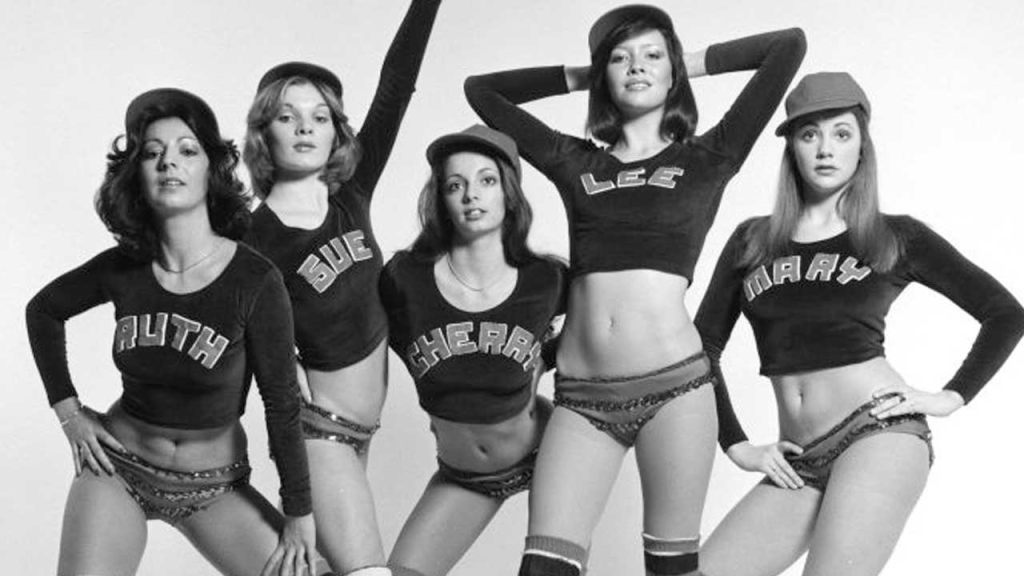
One of Pan’s People’s most celebrated performances was their dance routine to Jeepster by T. Rex in 1971. This routine captured the wild, untamed energy of the glam rock era, blending free-spirited movements with choreographed precision.
The performance became a classic moment in Top of the Pops history, symbolizing how dance could enhance a song’s appeal and make it even more memorable.
The End of an Era: Replaced by Legs & Co.
By 1976, Pan’s People had been a staple of Top of the Pops for nearly a decade. However, the television landscape was changing, and BBC decided to introduce a new dance group: Legs & Co.
This marked the end of Pan’s People’s reign on the show, but their influence didn’t fade. Instead, they left behind a legacy that continued to inspire future dance groups on British television.
Beyond Top of the Pops: Films and Commercials
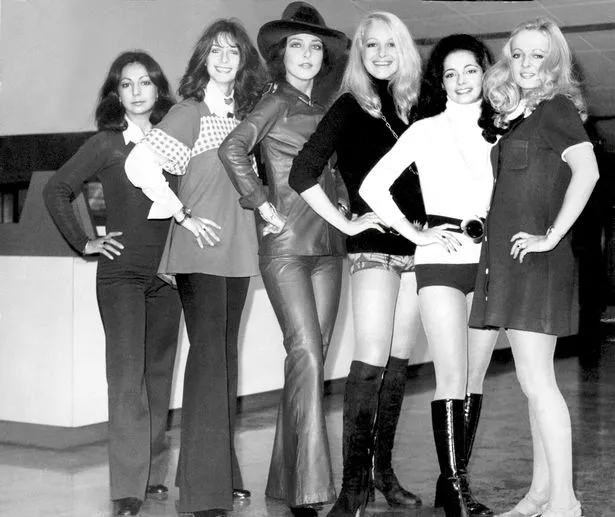
Pan’s People didn’t just dance on Top of the Pops—they also ventured into films, variety shows, and even commercials. Their popularity extended beyond the music world, proving that their appeal wasn’t limited to one medium.
From appearing in television specials to starring in advertisements, they continued to be a recognizable presence in British entertainment even after their time on Top of the Pops had ended.
A Loyal Fanbase That Still Remembers
Even decades after their last performance, Pan’s People remains a beloved part of British pop culture history. Their dances, preserved in old television clips and shared online, continue to be celebrated by fans who remember the golden era of Top of the Pops.
Many fans have even compiled archives of their performances, ensuring that their legacy lives on for future generations. Their impact on the evolution of dance in mainstream entertainment cannot be overstated.
Conclusion: More Than Just a Dance Group
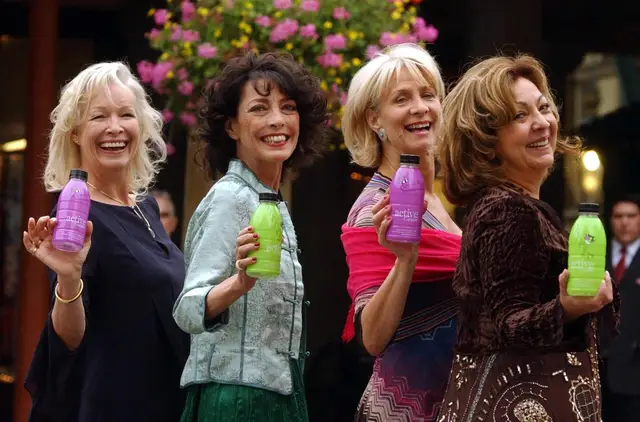
Pan’s People wasn’t just a group of dancers—they were trendsetters who transformed the way music was presented on television. Their performances brought songs to life, introduced millions of viewers to the power of dance, and left a lasting impact on British pop culture.
Their legacy continues to be felt today, proving that their contribution to music, television, and dance history was nothing short of revolutionary. Whether through their stylish routines or their influence on future dance groups, Pan’s People will always be remembered as pioneers in the world of televised music performance.
